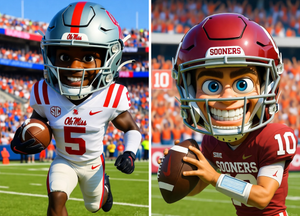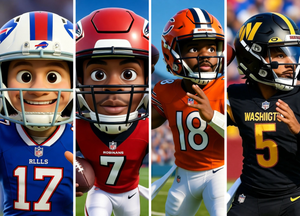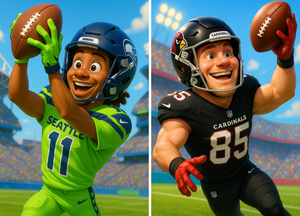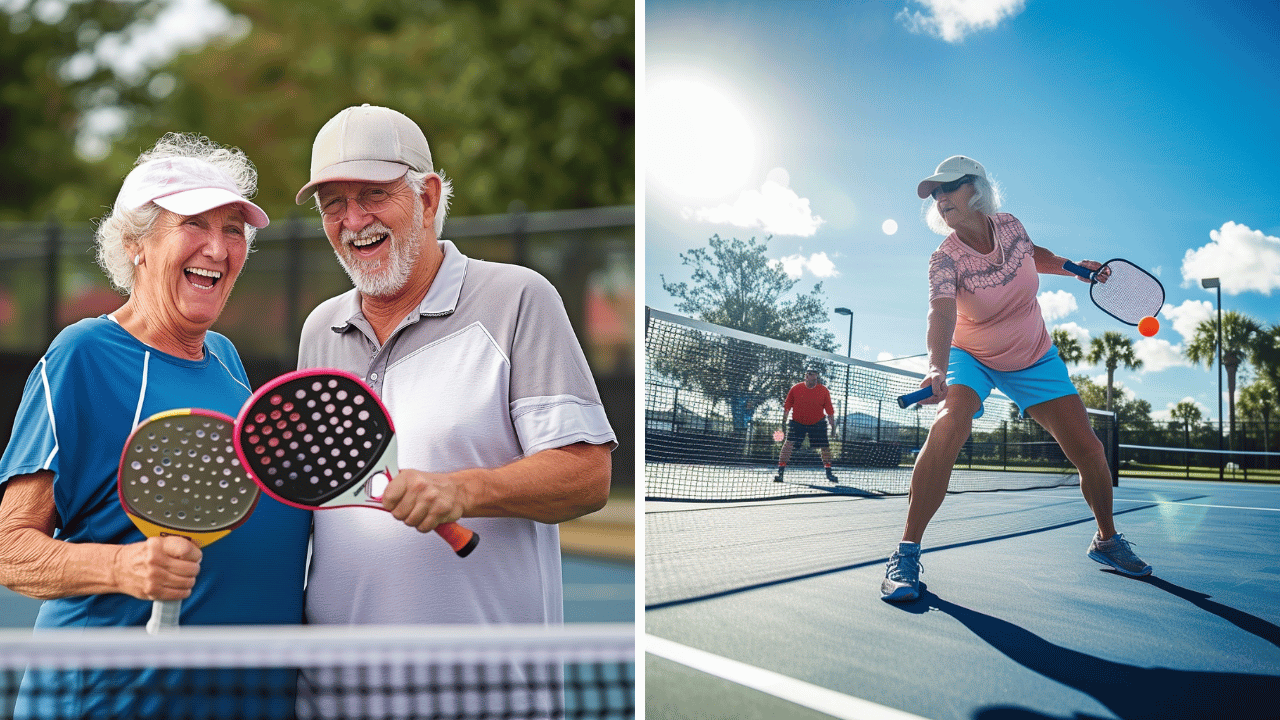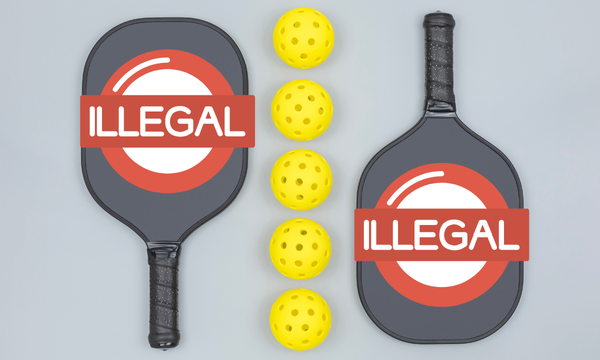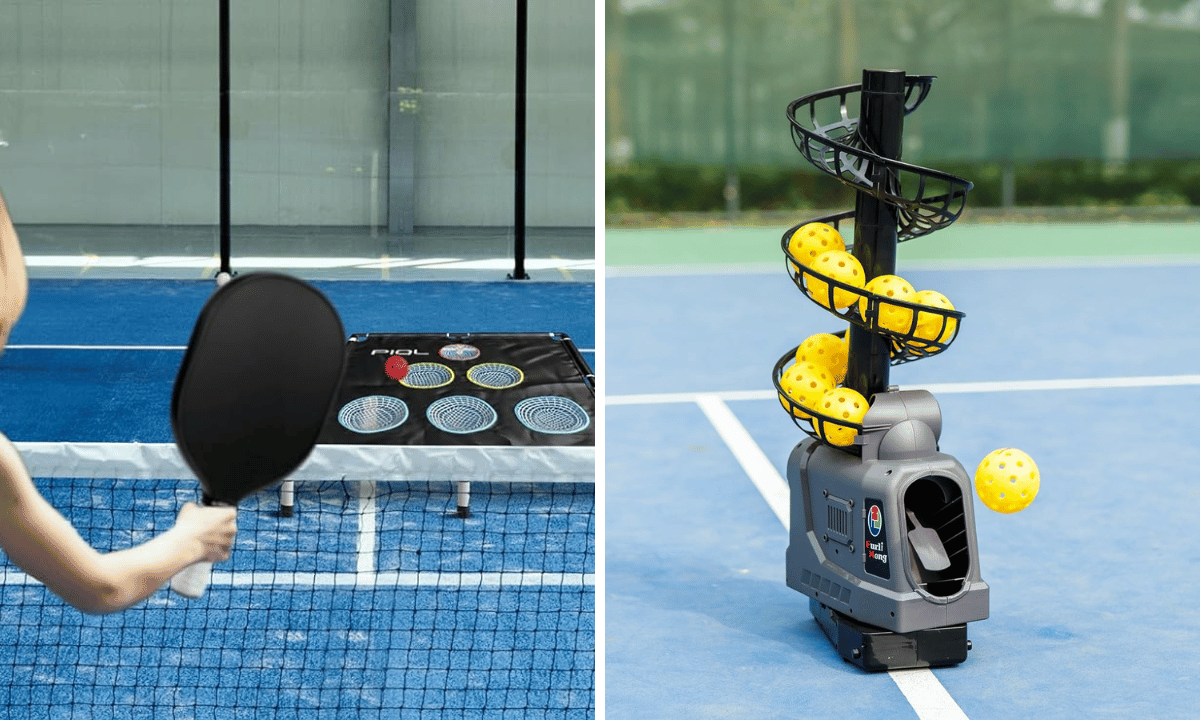Key Takeaways:
- Pickleballs come in various colors, but yellow is the most common for visibility.
- The color of the ball can vary depending on whether it's designed for indoor or outdoor play.
- USAPA-approved pickleballs adhere to specific standards, including color specifications.
Pickleball, a sport that has surged in popularity over the past few years, combines elements of tennis, badminton, and table tennis. It's a game that can be enjoyed by all ages and skill levels, but when it comes to the equipment, especially the balls, there are some specifics that players need to know. One question that often pops up is: do pickleballs have to be yellow? Let's dive into the details to find out.
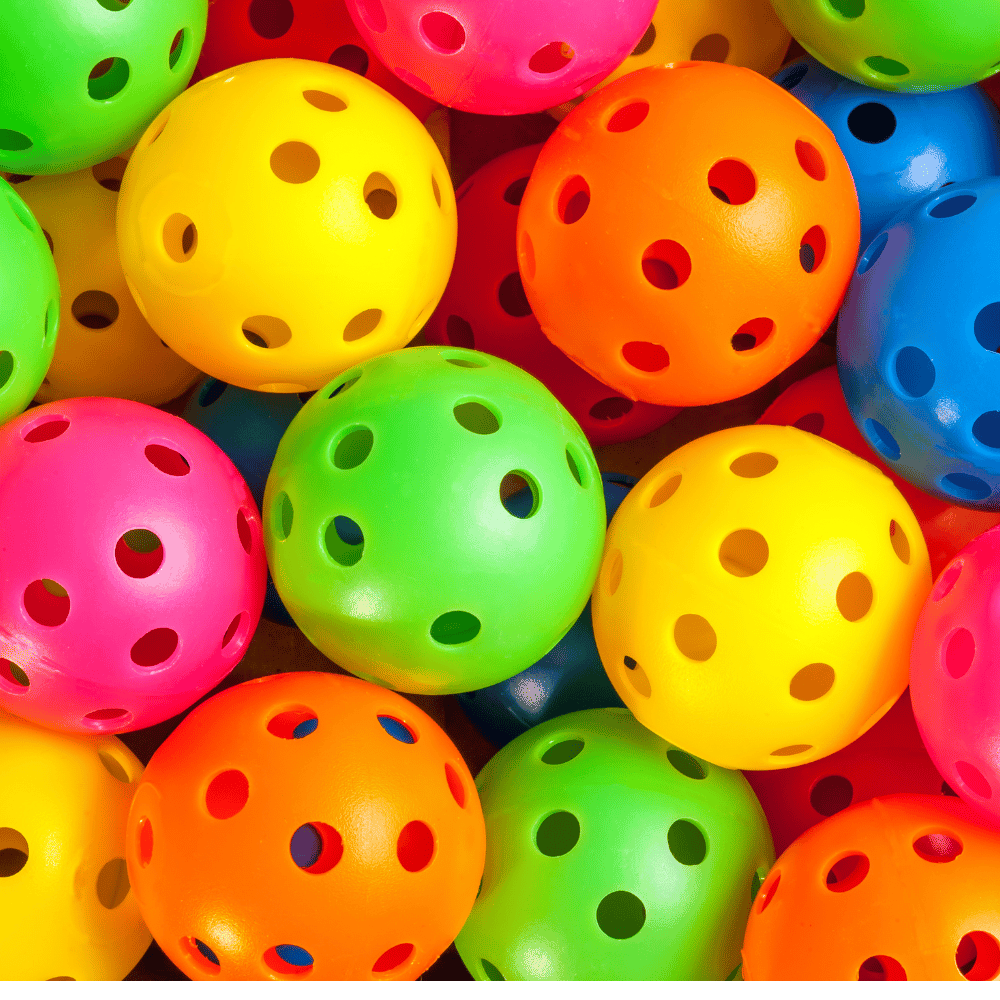
The Color Spectrum of Pickleballs
When you step onto a pickleball court, you'll likely see a flurry of yellow balls flying back and forth. Yellow is the most common color for pickleballs, but it's not the only one.
Pickleball players might also encounter balls in orange, neon green, white, and even blue. The choice of color is not just for aesthetics; it serves a practical purpose as well.
Visibility and Pickleball Ball Color
The primary reason yellow is a popular color for pickleballs is visibility. Yellow balls are easier to see against various backgrounds, whether you're playing indoors or outdoors.
This is particularly important for outdoor play, where the ball needs to stand out against the sky, grass, or court surface. For indoor play, the lighting conditions can affect how well players see the ball, and here too, yellow proves to be a good choice.
Indoor vs. Outdoor Pickleballs: Understanding the Difference
Pickleballs are specifically designed for the environment in which they will be used. Indoor pickleball balls are made of a softer plastic and have larger holes. This design helps them perform better on indoor courts, where the playing surface is typically smoother and less abrasive.
On the other hand, outdoor pickleball balls are made of harder plastic and have smaller holes to withstand the rougher surfaces of indoor and outdoor pickleball courts and the elements like wind and sun.
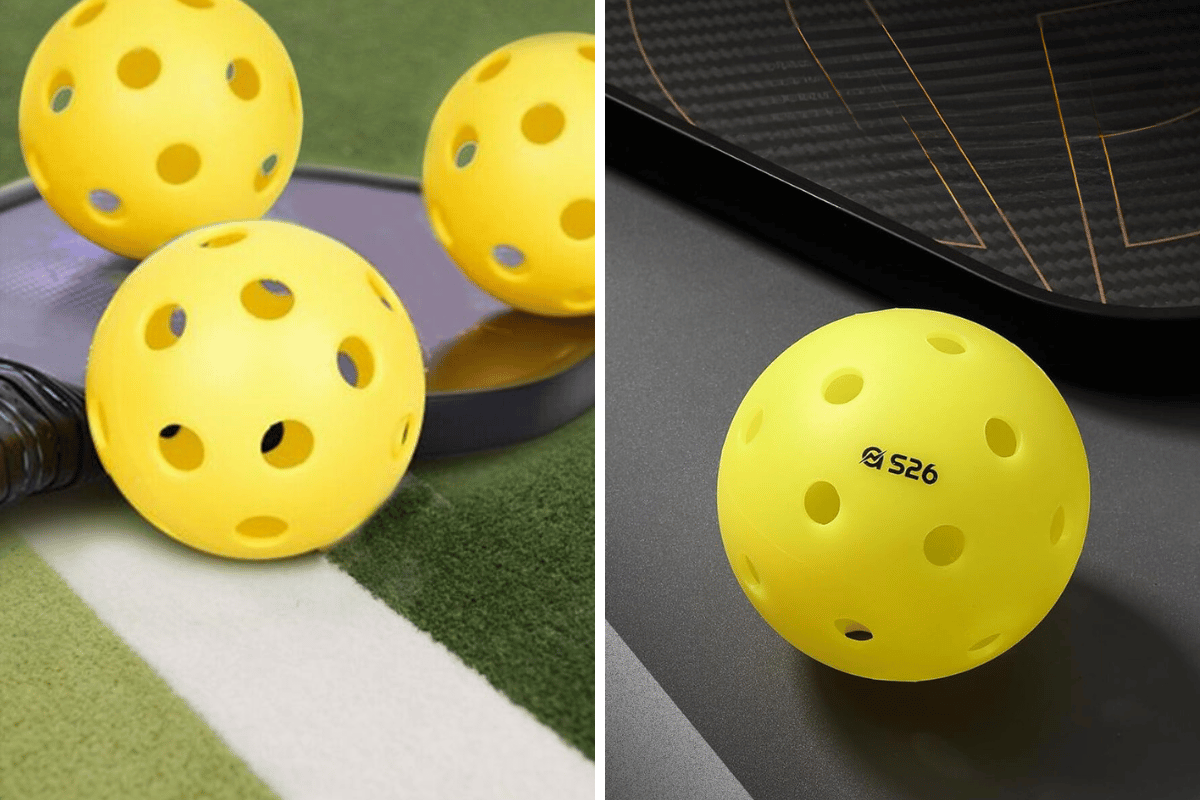
The Role of Ball Color in Outdoor Play
Outdoor balls need to be more durable due to the rougher playing surfaces and the wear and tear from outdoor elements. The color of the ball, often a bright yellow or neon green, helps maintain visibility in the varying lighting and wind conditions experienced outdoors. This is crucial for players to maintain their level of play and ensure the ball is easy to track during fast-paced games.
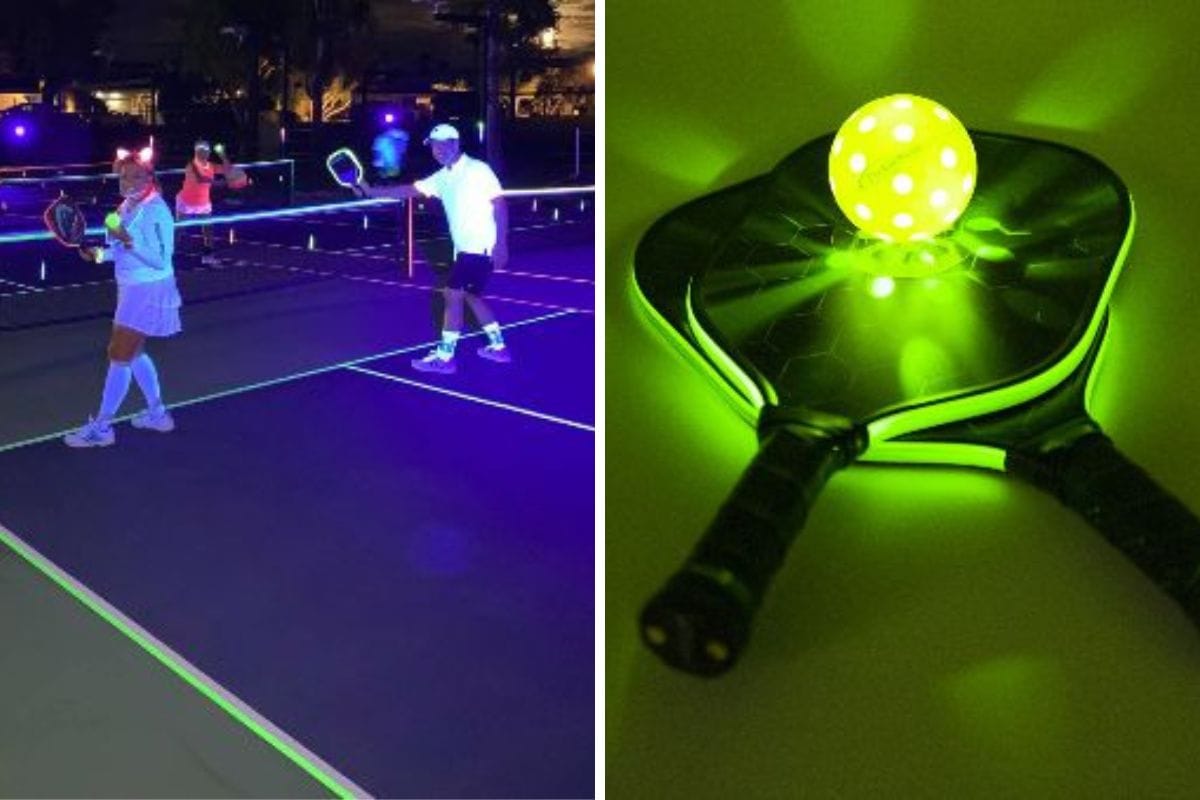
Indoor Pickleball Balls: Color and Performance
Indoor balls, while still available in yellow, can also be found in other colors like orange or white. The softer plastic used in indoor balls provides better grip and control on indoor surfaces, which can be less consistent than outdoor courts.
The color of these balls is chosen to contrast well with the typical indoor court colors, ensuring they remain highly visible during tournament play.
The Nuances of Pickleball Ball Construction
When it comes to indoor and outdoor pickleballs, the devil is in the details. Most people don't realize that the construction of a pickleball ball is a meticulous process, designed specifically to cater to the environment in which it will be played.
For outdoor pickleball courts, the outdoor ball is typically made of a harder plastic to withstand the rougher surfaces and variable weather conditions. These outdoor balls are also designed to maintain their round shape and consistent bounce over time, despite the wear and tear of outdoor play.
On the flip side, indoor pickleballs are crafted with a softer plastic, which is more responsive to the smooth, polished surfaces found in indoor arenas. The indoor ball is often lighter in weight, which affects the speed and trajectory when hit.
This difference in construction means that an indoor soft-ball might not perform as well outdoors, as the lighter weight can be influenced more by the air and elements. Understanding these key differences can significantly impact a player's game, whether they're practicing for a tournament or just enjoying a casual round with friends.
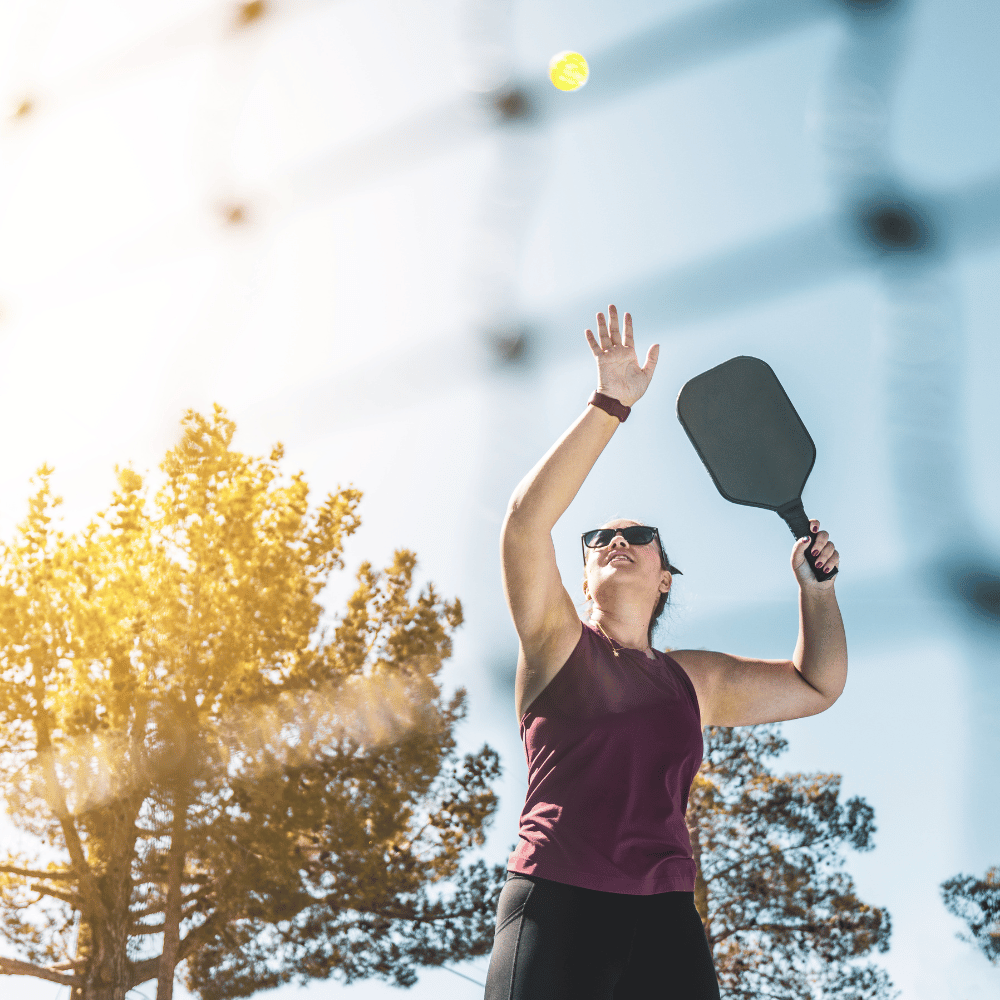
Pickleball Ball Size and Performance
While indoor and outdoor pickleballs are the same size, typically with a diameter of 2.9 inches, the performance of each ball can vary greatly. Jugs pickleballs, for example, are a popular choice for indoor play due to their soft construction and larger holes, which help reduce the speed of the ball in the air.
This allows players to have longer rallies and a different strategic approach to the game. The slower speed also reduces the margin for error, making it an excellent option for beginners or those looking to refine their technique.
Conversely, the standard pickleball used in outdoor play is designed to combat the elements and provide a faster-paced game. The hard plastic used in these balls helps maintain speed and durability, even when faced with the abrasive surfaces of outdoor pickleball courts.
The smaller, more closely spaced holes of an all-outdoor pickleball ball reduce the air resistance, allowing for a quicker game that challenges a player's reflexes and agility. Whether you're a seasoned pro or new to the sport, recognizing how the ball's construction affects gameplay is crucial for anyone looking to play pickleball at their best.

USAPA-Approved Balls and Color Standards
The USA Pickleball Association (USAPA) sets forth standards for pickleball equipment, including balls. USAPA-approved pickleballs must meet certain specifications in terms of size, weight, bounce, and design.
While there is no mandate that the balls must be yellow, the approved balls are typically found in a uniform color that offers good visibility, with yellow being the most common.
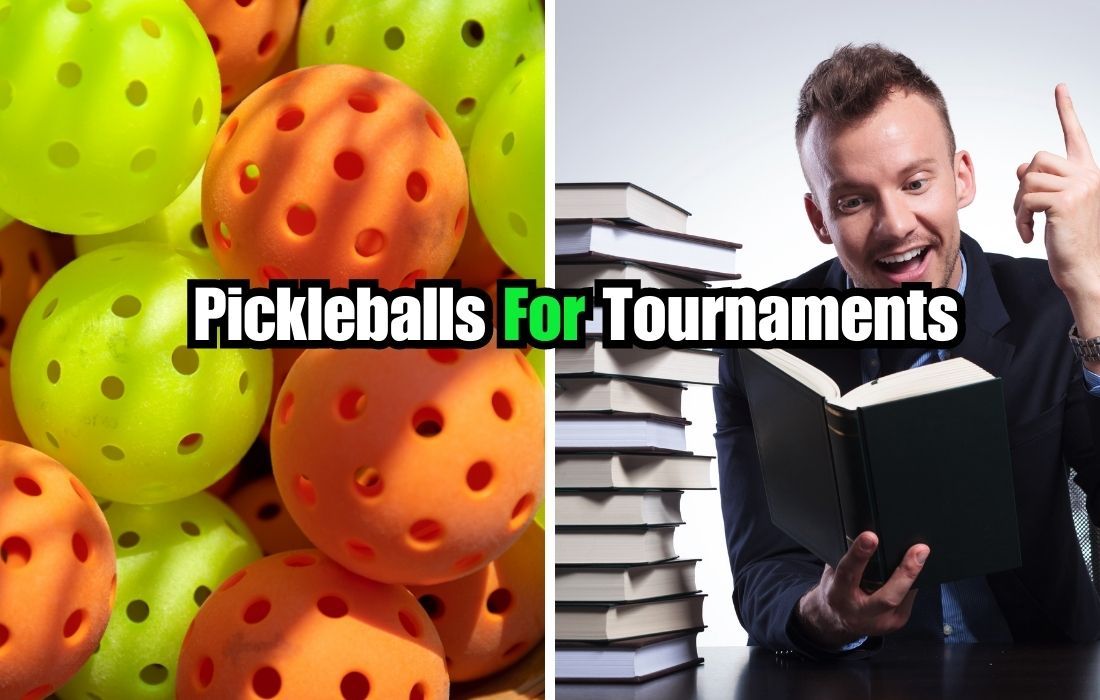
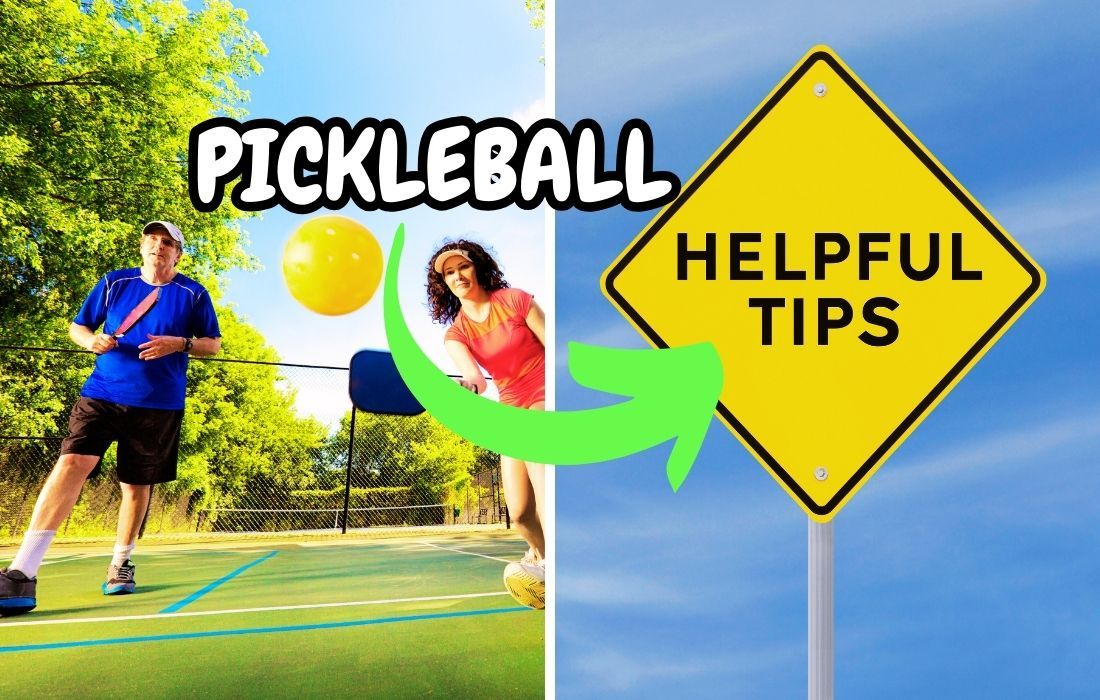
The Best Pickleball Ball for Your Game
Choosing the best pickleball ball for your game involves considering several factors, including whether you'll be playing indoors or outdoors. The right pickleball ball will not only be the correct color for visibility but also have the right design features for the playing environment.
For outdoor play, a durable, slightly heavier ball with smaller holes is ideal, while indoor play benefits from a lighter ball with a larger diameter of holes for better control.
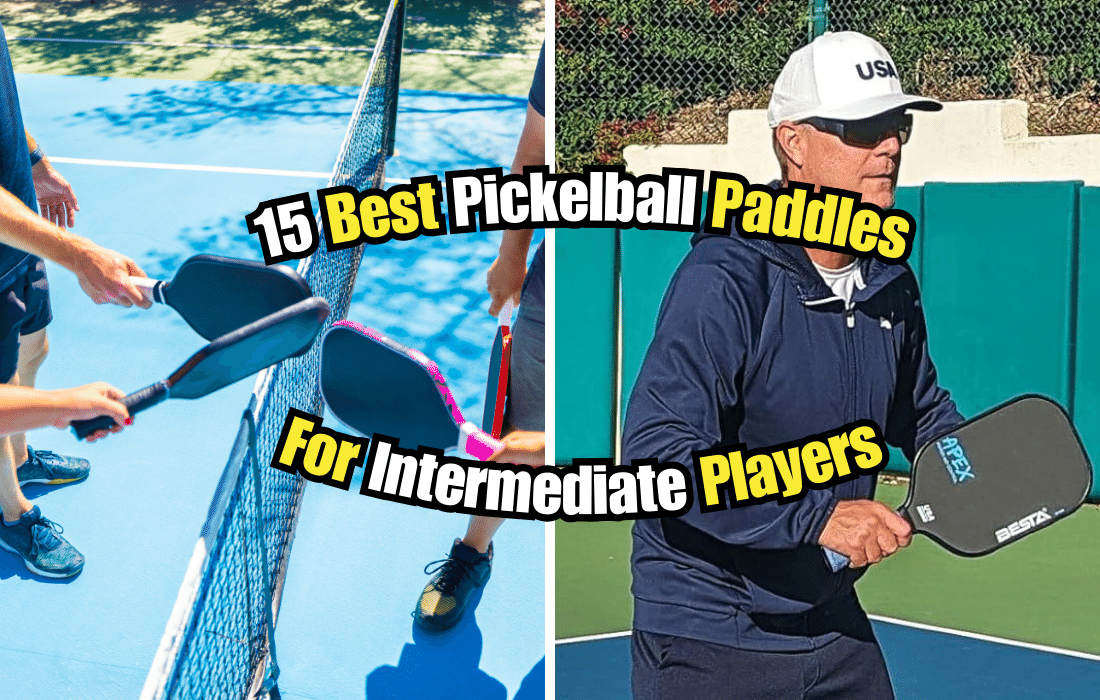
The Impact of Ball Color on Game Dynamics
The color of the pickleball can influence the game's dynamics by affecting players' ability to see and react to the ball. For more advanced players, a ball that offers more bounce and high visibility can lead to a faster, more competitive game. For recreational players, a brightly colored ball can make the game more fun and engaging, as it's easier to track and hit.
Pickleball Tournaments and Ball Color
In tournaments, the consistency of equipment is key. While the color of the balls may vary, most tournaments opt for indoor balls with a uniform color to ensure fairness and consistency across matches. Yellow balls are typically chosen for their high visibility, which is essential for both players and spectators in a competitive setting.
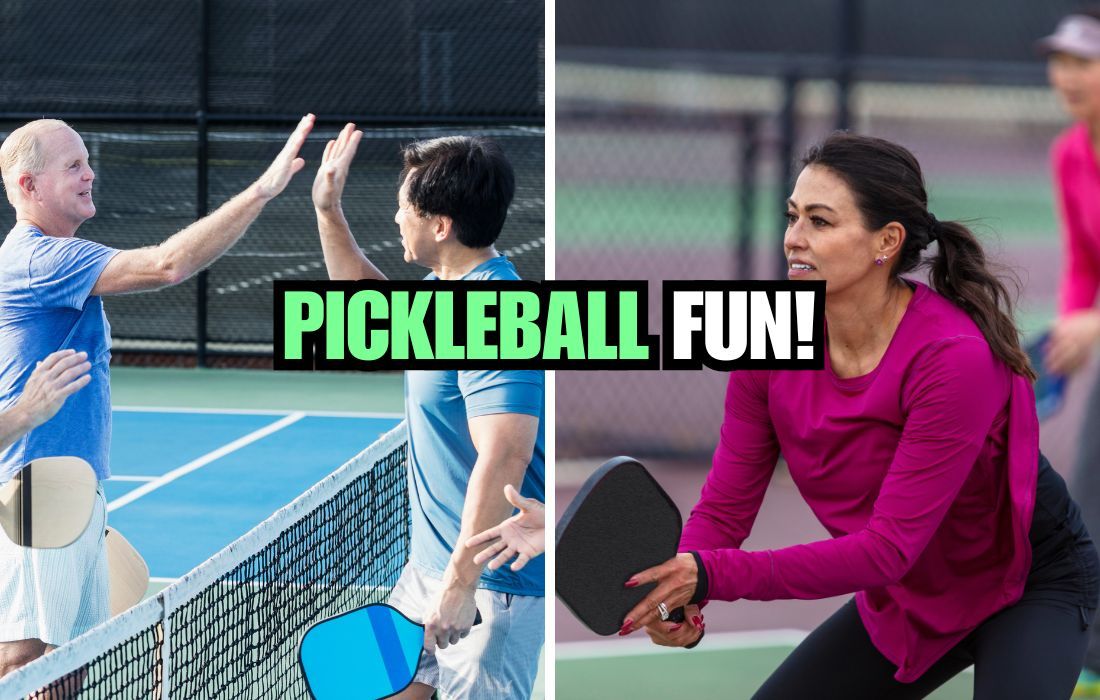
The Evolution of Pickleball Ball Colors
As the sport of pickleball evolves, so do the equipment and the preferences of pickleball players. While yellow remains the dominant color for pickleball balls, manufacturers are introducing new colors to cater to different tastes and playing conditions. The evolution of pickleball balls and colors reflects the growing diversity and inclusivity of the sport.
SwagScale Summary
Pickleball balls do not have to be yellow, but this color is preferred for its high visibility in both indoor and outdoor play. The choice of ball color can also be influenced by the type of court and the specific design features of the ball, which are tailored to the playing environment.
USAPA-approved pickleball balls meet certain standards, and while they do not mandate a specific color, yellow is commonly used for its visibility benefits. Ultimately, the best pickleball ball for any player will depend on where they play and their personal preferences.
Your Pickleball Guru,
Ray
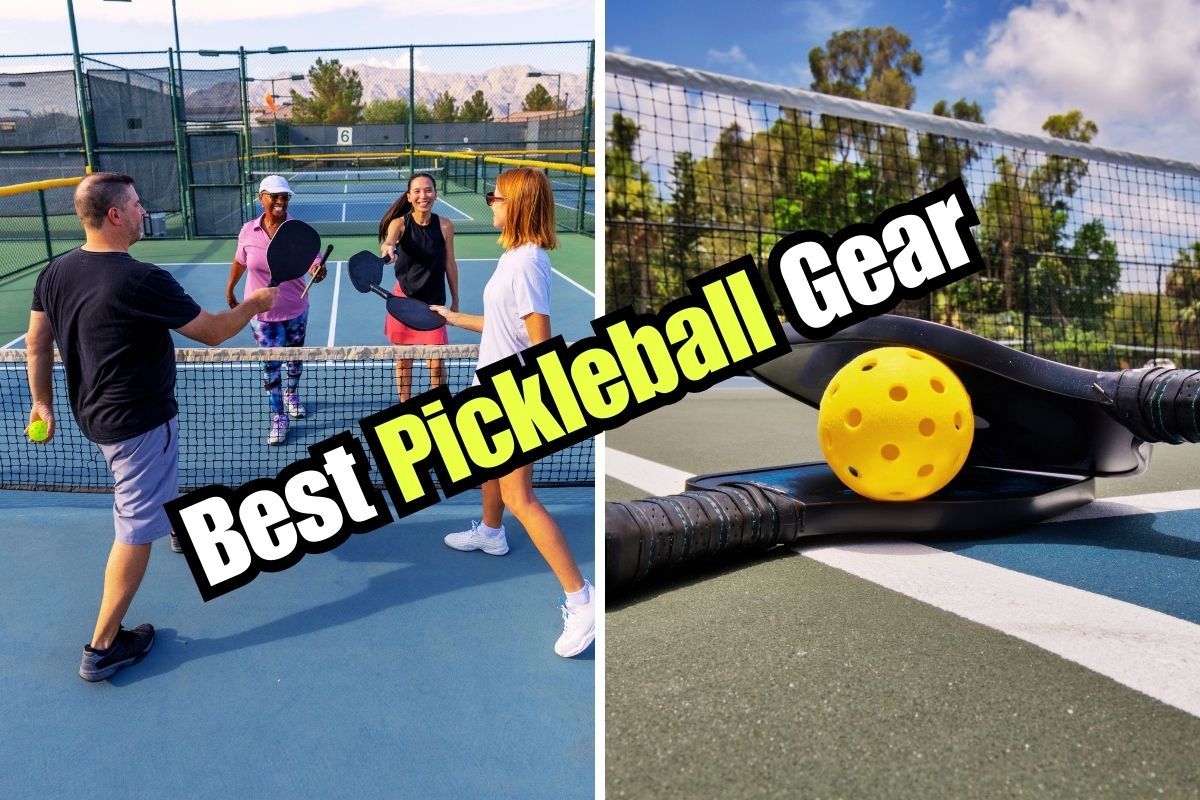
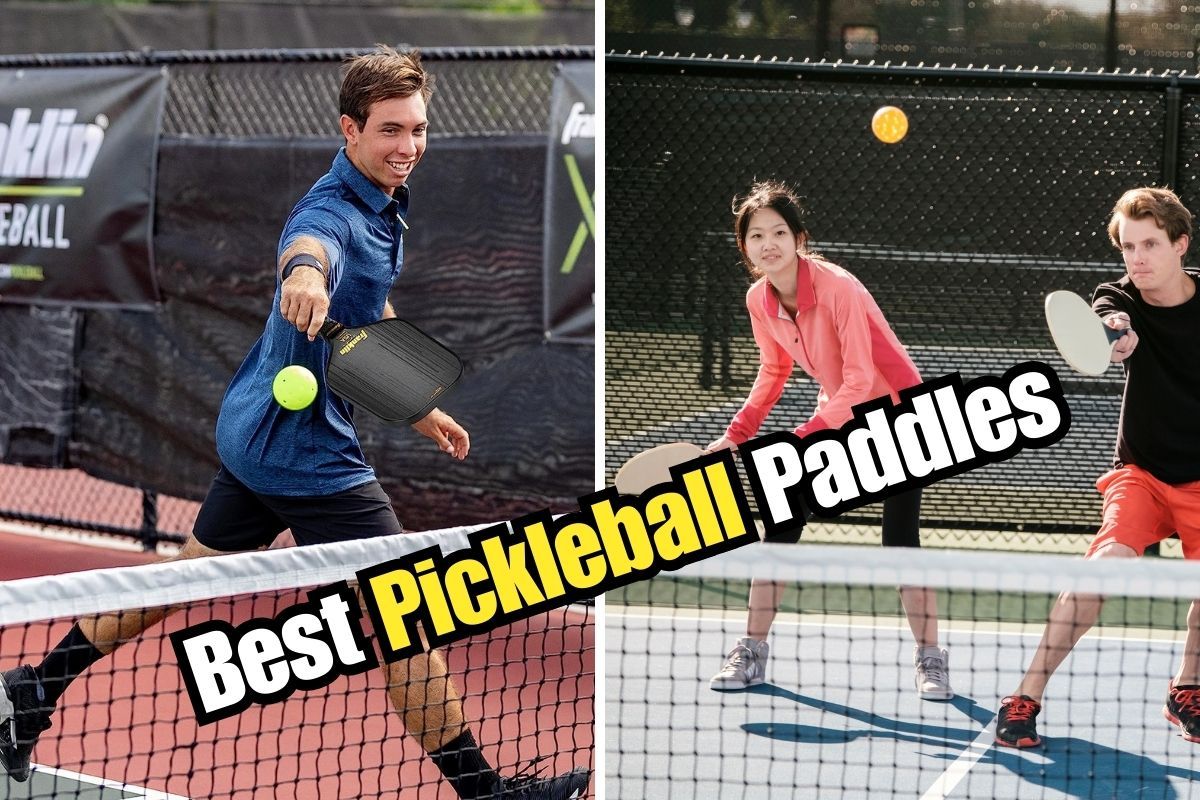
FAQ Section
Can pickleball balls be any color?
Yes, pickleball balls can come in various colors, including yellow, orange, neon green, white, and blue. However, yellow is the most common of outdoor pickleballs, due to its high visibility.
Are there different balls forindoor pickleball and outdoor pickleball?
Yes, there are specific balls designed for indoor and outdoor play. Indoor balls are made of softer plastic with larger holes, while outdoor balls are made of harder plastic with smaller holes for durability.
Does the USAPA require pickleball balls to be yellow?
No, the USAPA does not require outdoor pickleball balls to be yellow. However, they must meet certain specifications for size, weight, bounce, and design, and yellow is a popular color choice for its visibility.


